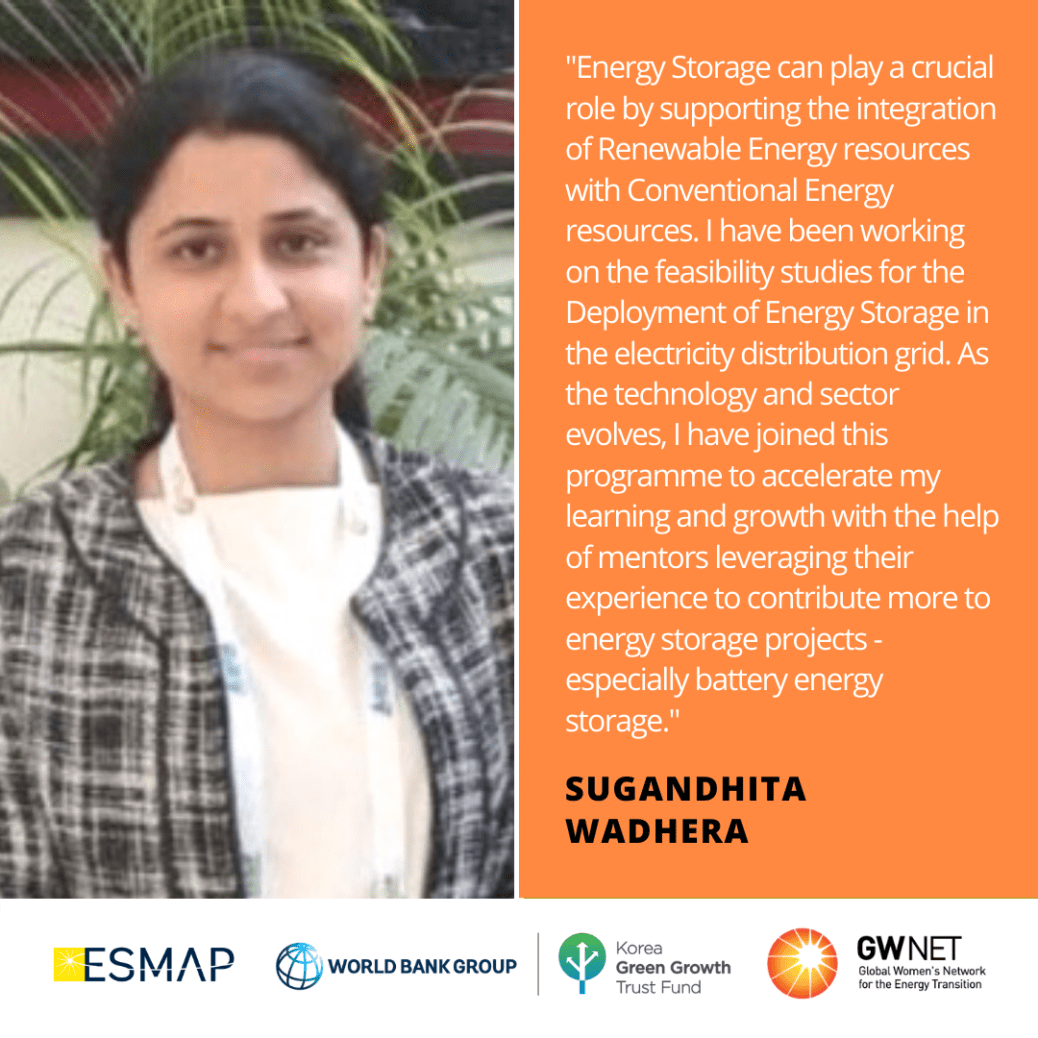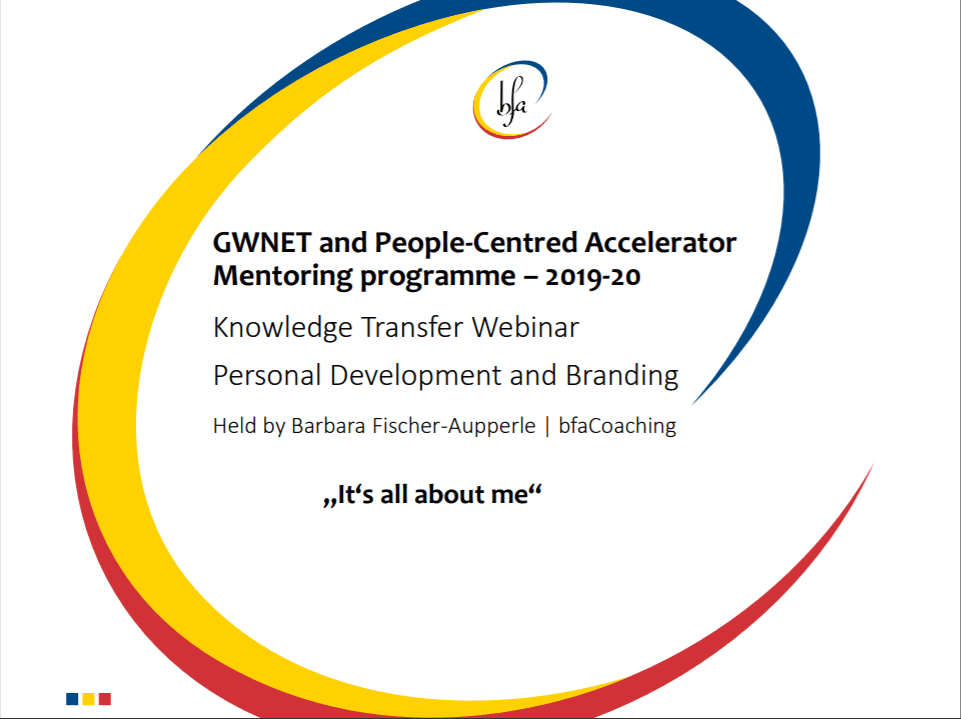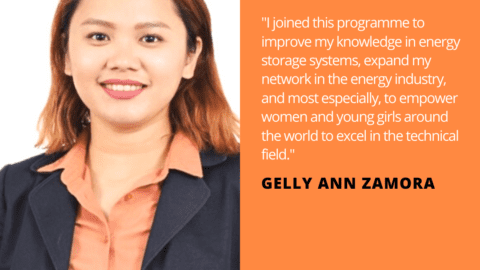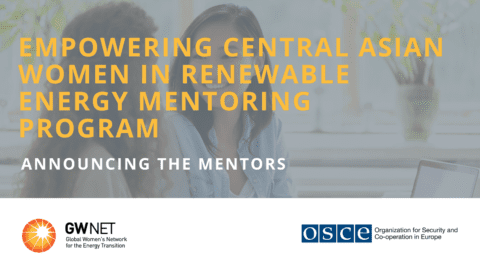The Women in Energy Storage Mentoring Programme sat down with Sugandhita Wadhera, one of this year’s participants, to chat about her journey in renewable energy and the challenges and opportunities for women in the energy storage sector.
1) Tell us a little about yourself. What do you love most about what you do?
I have worked in the energy sector for four years with experience in the design and engineering of solar photovoltaics (PV). My initial assignments were focused on energy access in rural areas. Energy Access is one of the global goals, Sustainable Development Goal 7 to – “ensure access to affordable, reliable and modern energy for all by 2030”.
I started off with a training and consulting group then moved to an EPC (Engineering, Consulting and Construction) organisation in order to also learn about Installation, Operation and Management (O&M) of the new technology. For the past two years, I have worked with an urban utility as part of their Renewables and Sustainable Initiatives department.
Along this journey, I have been able to contribute to projects that have empowered the rural communities and positively impacted all aspects of life. It gives a sense of satisfaction to an eco-conscious person like myself to have the opportunity to deploy cleaner and greener energy resources.
2) What were your goals when you started working in energy storage? Have these evolved?
I had started working in the design and engineering of off-grid renewable generators, such as standalone Solar PV. In such generation plants, the energy storage applications essentially are to firm the output from PV generators and also provide days of autonomy to these intermittent resources.
As the sector moves to grid-connected systems, governments have ambitious targets with subsequent efforts to increase the share of renewables in the energy mix. Hence, the lower voltage distribution grid is at a critical stage of transition with the bi-directional flow of power. There is an increase in Solar PV rooftops, Electric Vehicles, and the share of power being procured from renewable generators, which has led to various grid-level energy storage applications being studied and explored – these have also evolved in the last few years.
Therefore, my focus has now shifted to learning and contributing to projects that are utilizing storage technology to support this integration of renewable resources with conventional resources as well as provide ancillary services to the grid.

3) How has the COVID-19 pandemic impacted the professional goals you set out for the year?
I have been involved in preparing business use cases of energy storage for the distribution grid. These are pilot projects since it is a new technology and domain. There is a requirement of a lot of literature review, consultations from stakeholders and approvals from regulators, resulting in the slow pace of project completion.
The pandemic has had no impact, per se, on the planning, but we do foresee a delay in the implementation of the projects. This would impact the commercials and the role of stakeholders.
4) What are the opportunities for energy storage growth in your country?
Globally, there have been great efforts to increase the share of renewables in the energy mix to help mitigate climate change. India, too, is committed to reducing carbon emissions and is seeing a transition from fossil fuels towards renewable energy resources. The Government of India has set a target of 175 GW of renewable sources which would be 40% of the total installed capacity by 2030. Energy storage has a tremendous potential to help achieve this target and provide flexibility to the grid. There is no dearth of research and interest from the nodal agencies including industry as well.
Furthermore, in 2019, the Government of India set up the multi-disciplinary National Mission on Transformative Mobility and Battery Storage to promote clean, connected, shared and holistic mobility initiatives. A phased manufacturing programme till 2024 is also an objective in this mission to support few large-scale, export-competitive integrated batteries and cell-manufacturing Giga plants in India.
This shall help in bringing down the costs and provide thrust in scaling and introducing various applications across sectors majorly in the electricity grid.

5) What challenges have you faced in the sector? Can you tell us how you overcame (or are overcoming) this challenge(s)?
I have been fortunate enough to come across colleagues and seniors who understand and acknowledge the skewed ratio of women is to men in the energy sector. I have always looked for employers who give equal opportunities and provide an environment for women’s growth in the organization.
I am happy to be working with BSES Rajdhani Power Limited which is one of the progressive electric utilities in the capital city of Delhi – they have deployed new technologies and devised policies to help women reach leadership roles.
Energy storage is of various types and sizes, each having its own set of benefits and drawbacks. The only challenge I see is the absence of the regulatory framework and ancillary market to fully utilize the potential of this technology in providing flexibility to the grid.
6) Why did you join the Women in Energy Storage Mentorship Programme? What do you hope to achieve?
I am enthralled with challenges from these new technology entrants and the energy transition and want to put my efforts to develop expertise by getting deeper into the subject.
I joined this programme to be able to learn from the experience of my mentor and other participants. The interactions and knowledge exchange would empower me in making decisions and develop strategies to meet the challenges in the sector.
I am hopeful that a structured programme like this will not only give me insights and feedback on goal setting and projects of my workplace but also help me acquire leadership and other soft skills.
7) What advice would you give to women hoping to join the energy storage sector?
The sector has its own set of challenges and this is what gives us the opportunity to do something new and bring about change. For women engineers who are passionate about energy storage, my advice would be that they must not hold back by changing their career plans.
There are programmes and initiatives to raise awareness, especially among the utilities. There are also organizations striving to achieve balance in their workforce. It is now on us to identify opportunities and fully participate to help change the policies and create an environment conducive for women to excel in this sector.
Read more about GWNET’s mentoring programmes here.











